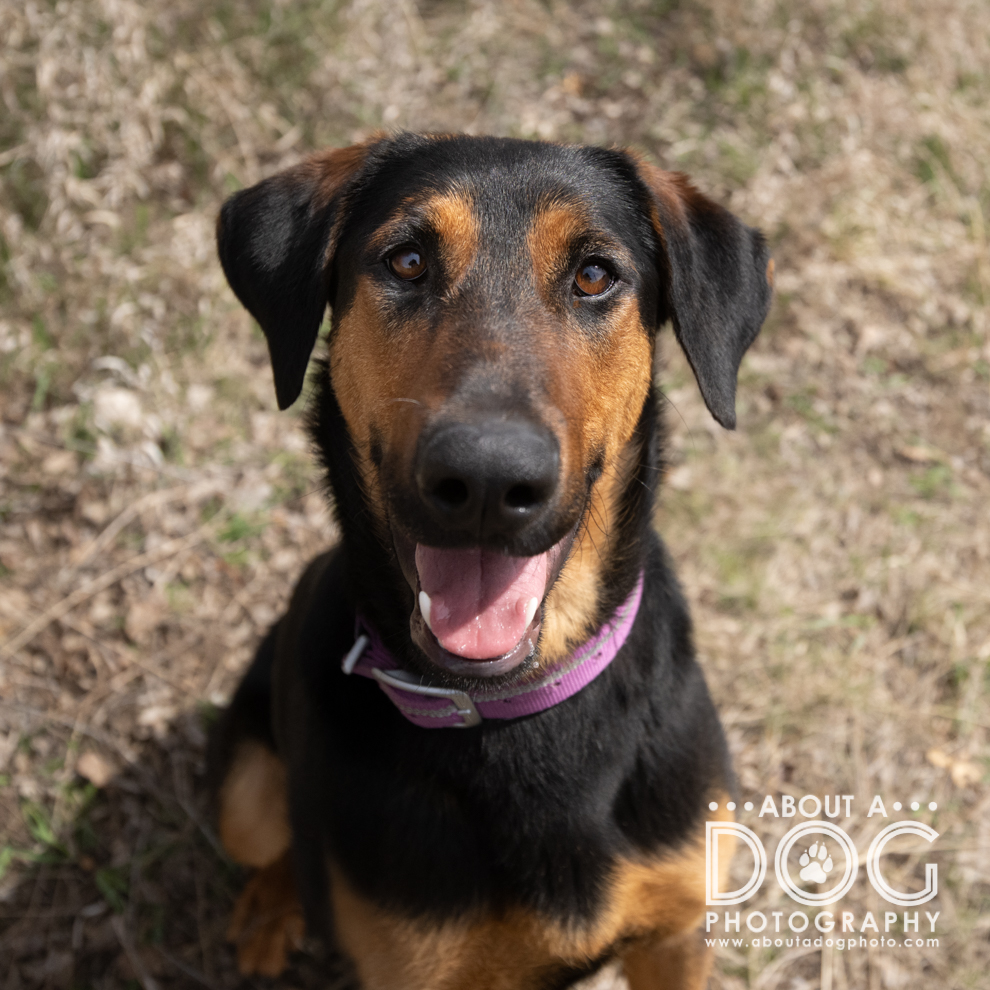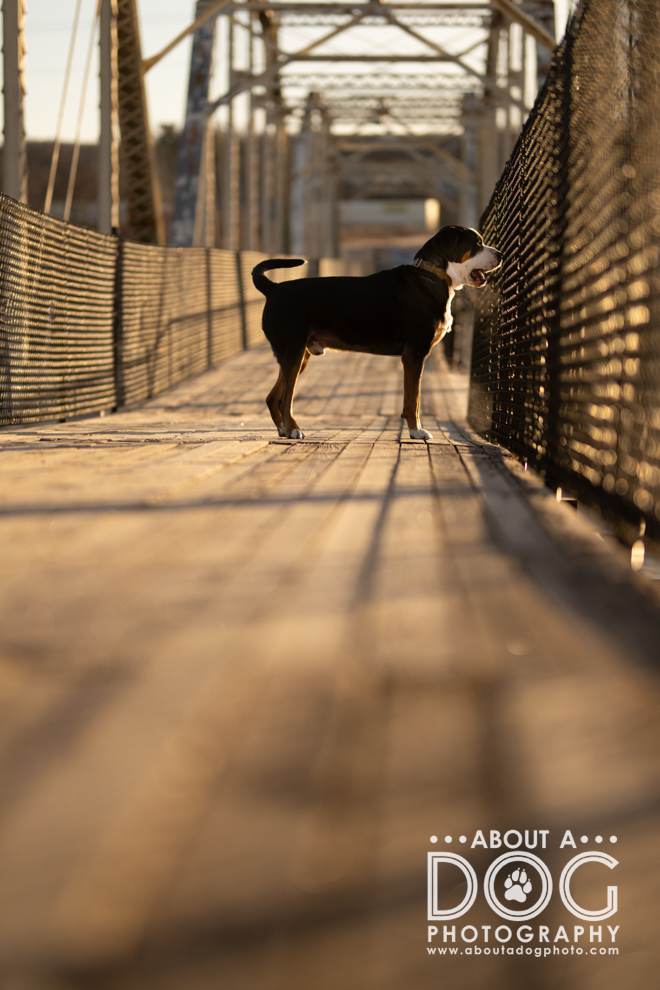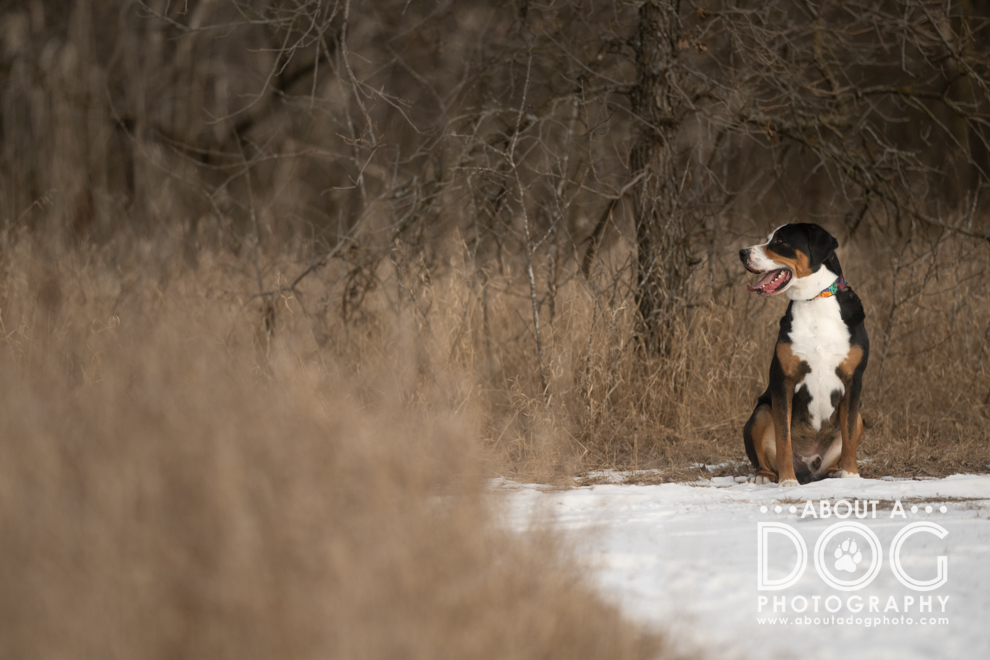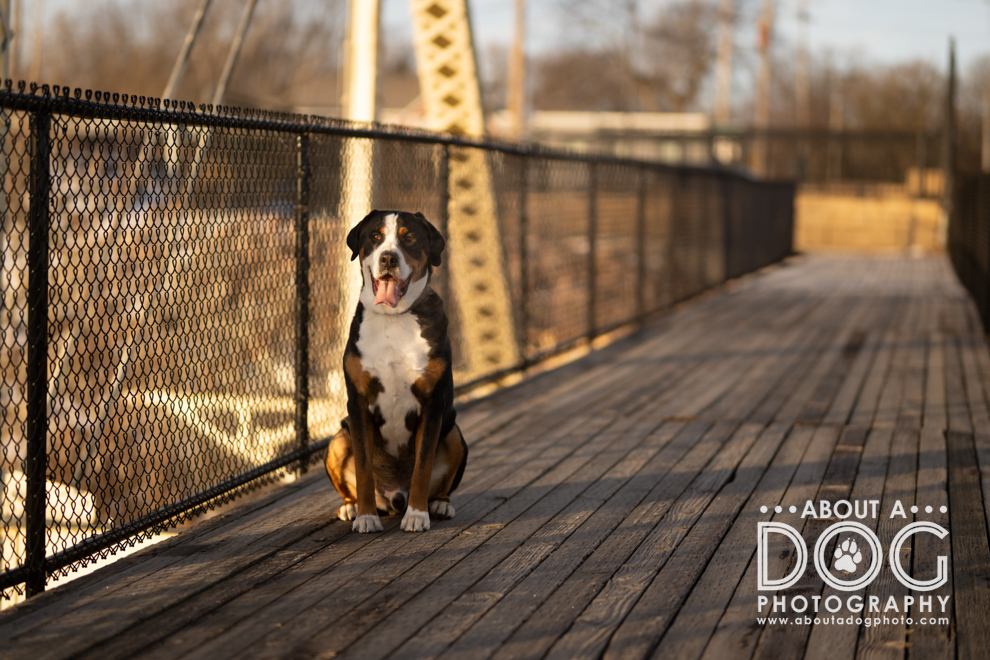Photography composition you may not know: Rückenfigur
Exactly. You’ve heard of rule of thirds, framing, leading line, fill the frame & negative space, all the classics. All discussed, written & rewritten a bazillion times over, from physical books to blogs & beyond.
Except when we land on something like the rule of odds or Rückenfigur.
What the heck is Rückenfigur?
Rückenfigur is German and literally translates as “back figure”.
Coined during the 19th century German Romanticism movement & popularized by landscape painter Caspar David Friedrich in the 1810-1820s. Though this timeframe wasn’t created in the early 1800s as examples of the main figure turned away from the viewer can be found in earlier artwork. (I’ve seen notations of 14th century / 1300s). The Rückenfigur composition faded later into the 1800s with a resurgence in the 1940s & 1970s.
This painting by Caspar David Friedrich is likely the most known & referenced example Rückenfigur composition.

“Der Wanderer über dem Nebelmeer / The Wanderer above the Sea of Fog” Caspar David Friedrich, Public domain, via Wikimedia Commons
Note how we view the figure from the back as he takes in the scene unfolding before him. I believe Rückenfigur is suppose to invite the viewer “inside” the painting and take on the perspective of the mysterious person who faces away. To gaze on the scene they are seeing and to feel what they may have felt at the time.
The main subject can be large like the Caspar David Friedrich painting, or they may be a smaller figure in a vast landscape, still with their faces turned away from the viewer.
Why is this type of composition not well known?
Beats me.
Though I do think it may have something to do with how we connect to the subject in an image, especially ones of dogs. We aim to connect to the viewer with gazes and faces pointed outward towards them. Eyes are the windows of the soul and faces are the heart of emotion.
Which means Rückenfigur doesn’t show up frequently in dog photography.
And it is more than just a random shot of the backside of your dog.
Instead, a Rückenfigur image should give a sense of the scene unfolding in front of your dog. It should put the viewer into your dog’s eyes as they behold the scene unfolding in front of them. They could be are bold adventurer pausing to take in the scene they are looking to traipse or taking a moment of peace to watch the water at the end of the dock (or contemplating the next leap into the water).

Blue looks down the bridge. What has captured his attention? (Ducks, it was ducks haha!)
Note: Be aware of buttholes. Some dogs have prominent ones, others small ones, and others have tails or hair that covers them. If the dog you’re photographing has a prominent butthole, you’ll need to angle the dog to a 3/4 view if standing or have them in a sitting position to avoid a prominent in your face asterisk!
Creating your own Rückenfigur image.
Start with location
You’ll want a location that your dog can “look out over”. Here are some ideas:
- Sitting on the end of a dock and looking out over the water
- Perched on rocks on the edge of a lake or river
- The top of a hill, mountain, a rocky outcropping or plateau
- At the head of a trail or opening in the woods
Pick the time of day
Time of day will give your scene different looks. Mornings will give you typically calm water, possibly with hints of fog. Golden hour will give you loads of contrast and depth. Middle of the day will give you more atmospheric haze and less depth.
The spaces of time between morning & midday and midday to golden hour will give you variable light that slides from contrasty early in the day to flatter midday back to contrasty by the end of the day.
Watch the weather
Clear skies are great and will make for lovely sunrises & sunsets. But for an EPIC Rückenfigure image you’ll want clouds. The amount of clouds will give your image different feelings of vastness. Sky color broken by fluffy clouds is lovely, while heavier cloud cover will lend toward texture, depth & moodiness.
Flat overcast days will give you an even light that allows you to shoot anywhere with even light and soft shadows. The trade off is they don’t typically carry loads of texture and depth, making the sky just… dull gray.

Add your dog!
Take the picture & experiment
Play with a narrow depth of field (f2.8 etc) and a deep depth of field (f13 etc). Shoot from different angles – low, your dog’s point of view will work best to give you the most landscape / sky to help create a sense of vastness in your image.
Wide angle lenses – 18mm to 35 mm – are going to give you the widest view of the scene. Mid range lenses will give you the view similar to your eyesight. Long lenses – 85mm and longer – will give you cool compression, though you may end up miles away to get the scene wide enough in your image haha! (Another reason to have someone handle your dog!)
BONUS knowledge: atmospheric perspective
Also known as arial perspective. Essentially it refers to how colors & details fade into the distance giving the sense of depth to an image of a landscape. Farther objects have less contrast and detail decreases. Closer objects will look clearer with more details, contrast, clarity & saturation.
More examples of Rückenfigur in dog photography
Though in some heavy looking I did find a few examples of Rückenfigur images involving dogs from fellow dog photographers around the world.
Prepare to oogle: Audrey Bellot is based in Europe and she has stunning dog photography images. Look through her gallery to find the images where the dog is looking away from the camera – those are Rückenfigur. The one with the lake and the white dog is a great example of Rückenfigur.
Firefly Pet Photography in Michigan has two great examples – the man & dog on a beach with the sunset and the one with a girl and horse their backs to the viewer. (This gallery will randomize on a refresh so the location of each image changes…)
Ve Shandor, a Slovakian dog photographer has beautiful dog photography and some cool Rückenfigur images. On her homepage there is a girl with two dogs looking over a landscape. In the gallery there is an image of the same two dogs, sans human.
Beyond the Fence in Boston has a whole Dogs in Landscapes gallery with stunning images. See if you can find the Rükenfigur images in her gallery!
Did you gawk at last month’s blog with the theme line? Here’s the link in case you didn’t – Learning composition leading lines in dog photography.
Head out with your pup and capture some epic Rückenfigur images. If you do, I would LOVE to see them! Or if you’d rather, reach out and schedule your dog’s session and we’ll be sure to create an EPIC Rückenfigur image together!
Reach out to schedule your dog’s Rückenfigur image via text 320.309.2893 or email
Photography composition you may not know: Rückenfigur Read More »





